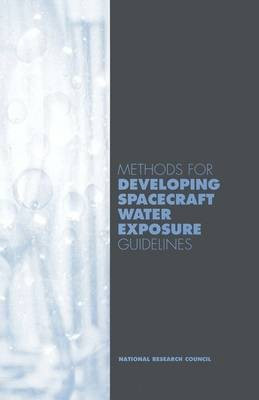Methods for Developing Spacecraft Water Exposure Guidelines(English, Paperback, National Research Council)
Quick Overview
Product Price Comparison
The National Aeronautics and Space Administration (NASA) maintains an active interest in the environmental conditions associated with living and working in spacecraft and identifying hazards that might adversely affect the health and well-being of crew members. Despite major engineering advances in controlling the spacecraft environment, some water and air contamination appears to be inevitable. Several hundred chemical species are likely to be found in the closed environment of the spacecraft, and as the frequency, complexity, and duration of human space flight increase, identifying and understanding significant health hazards will become more complicated and more critical for the success of the missions. NASA asked the National Research Council (NRC) Committee on Toxicology to develop guidelines, similar to those developed by the NRC in 1992 for airborne substances, for examining the likelihood of adverse effects from water contaminants on the health and performance of spacecraft crews. In this report, the Subcommittee on Spacecraft Water Exposure Guidelines (SWEGs) examines what is known about water contaminants in spacecraft, the adequacy of current risk assessment methods, and the toxicologic issues of greatest concern.Table of Contents Front Matter Executive Summary 1 Introduction 2 Sources, Treatment, and Monitoring of Spacecraft Water Contaminants 3 Sources and Types of Data for Establishing Spacecraft Water Exposure Guidelines 4 Risk Assessment Methods for Determining Spacecraft Water Exposure Guidelines 5 Ranking Spacecraft Contaminants for Risk Assessment Appendix A Water Reclamation Systems of Mir and the International Space Station Appendix B Benchmark Dose Estimation Appendix C Biographical Information


